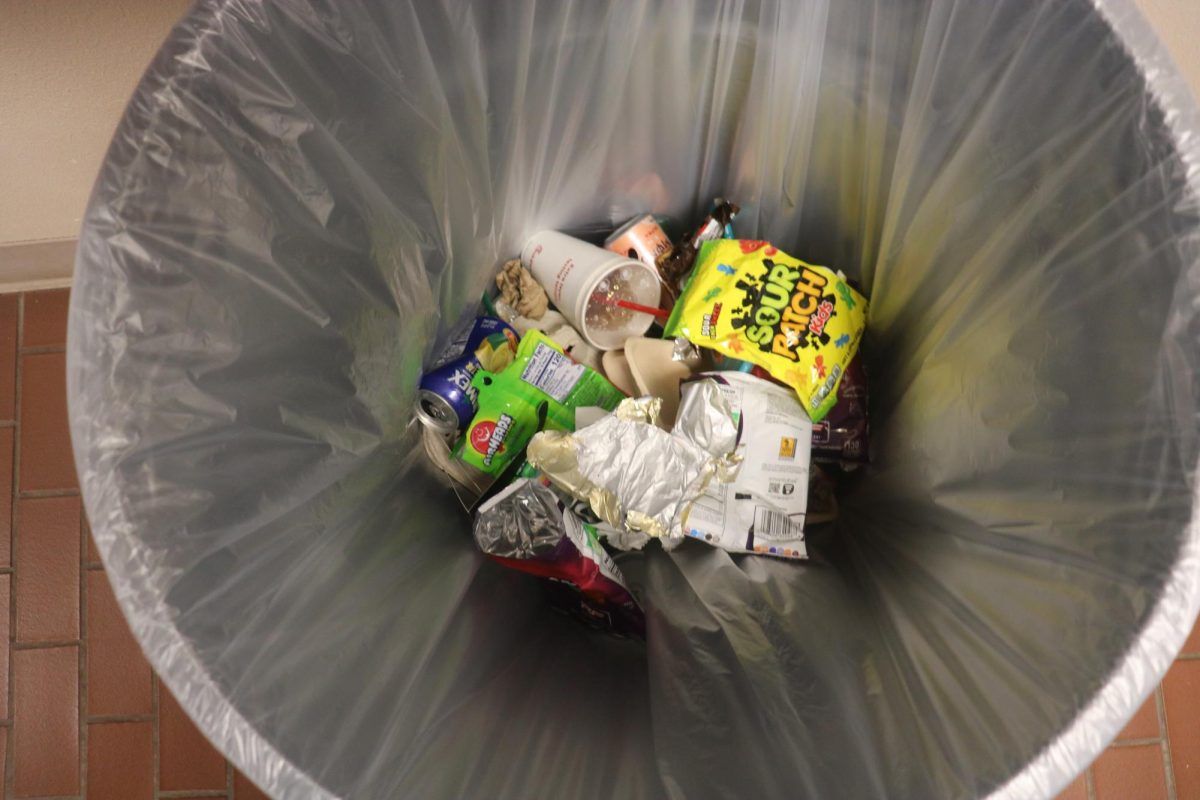My grandma taught me how to knit when I was ten, then again when I was fourteen, and had forgotten out of lack of practice.
This year, I sheepishly asked her to teach me one more time, promising that this time I’d keep practicing. I haven’t broken my promise, I’ve kept working on an already lopsided looking blanket. But I’d rather be next to her, watching the strange Peruvian game show that we’re super invested in, leaning on her when I’m not sure where the stitches became knots. Her hands work through my mistakes haltingly, but she knits fast. Her eyes never leave the TV screen.
It’s a beautiful craft, peaceful and grounding and yielding a precious result. I treasure the knit hats I receive from my grandma every time I go to Peru.
“When she’s sad, I’ll tell her ‘go make a hat for Amanda,’ then she forgets all about her sadness,” my grandma’s friend and favorite knitting companion Ceci Apaza said in Spanish. “She’ll even forget to eat or drink water. She’s that focused.”
My grandma isn’t the only one who finds solace in fiber art. The COVID-19 pandemic instigated a globally felt anxiety at the face of an uncertain future, and many turned to crafting as a way of putting themselves at ease, especially without having the support they were used to before quarantine.
“I think I started crocheting during the pandemic,” Natalie Yon (’23) said. “I was really isolated and kind of bored, so I just looked up a YouTube video ‘how to crochet.’”
Yon along with many other teenagers started crocheting or knitting to fill the extra free time they never expected to have. Some started posting their creations online, initiating the impressive increase of young creators involved in the craft.
This change has redefined needlework as an activity that isn’t only reserved for elderly women knitting away in their rocking chairs, but it’s also for teenagers who listen to their favorite podcast while they customize their outfit for the next concert they’re going to – like senior Nora Basler, who crocheted her own top for Louis Tomlinson’s concert this summer after being inspired by a Pinterest post.
Basler crochets sporadically, really just whenever she has a project in mind. The accessibility of resources to learn the craft have especially motivated her to continue crocheting after her initial bout of curiosity.
“I remember I crocheted for the first time and just whipped out a hat,” Basler said. “I think that’s what inspired me to crochet more because I was like: ‘Oh, I can actually be productive with crochet.’”
Now, Basler watches YouTube videos to help her start a project, but ultimately customizes the piece to be her own. Yon, currently a student in the fashion design program at Colorado State University, finds that this aspect of crochet has inspired her to be more experimental with the pieces she makes.
“I’d like to get to a point where I could be more brave with those artistic choices and maybe oriented more towards fashion,” Yon said.
Sophomore Leila Wallen, on the other hand, is mostly drawn to knitting because of her family’s passion. Her room is filled with colorful artifacts, from blankets to wall decorations, crafted by her mom, grandma, and great grandmother.
“I have watched all the women in my life make things, and I thought that was beautiful,” Wallen said. “So I wanted to try it myself.”
I find myself deeply relating to Wallen. I have a special drawer filled with hats my grandma has knit for me, dozens of them, many of which I’ve now outgrown. They’re not only special to me because they’re created out of love, but because the woman who made them has been supporting my future for longer than I’ve been alive. Part of that effort has been through crafting.
Romula Eusebia Escobar, my grandmother, moved from a village in Ayacucho to Lima when she was nine years old. She went to school while working for her uncles as an honorary maid, but eventually, she was forced to enter the workforce as a seamstress two years before graduating secondary school to pay for her siblings to move in with her.
“I worked in this large factory called Confecciones Carolina. There they gave me the measurements for everything I had to make,” Romula said in Spanish. “I would go to work at the factory and then I’d go home and continue working through the night.”
My grandma’s always been tough – she was competitive in school though she was splitting her time between several responsibilities. Even though she never got a degree, she was adamant about supporting her children’s education. The best way she could do that was through her artistry, providing for a family of eight kids by working as a seamstress while her husband sold clothes. My mom remembers her favorite room in the house: her mom’s “taller de costura.” She remembers sitting under one of the tables listening to the whirring of the sewing machine and the jokes traded between my grandma and her workers. The noise was alluring. It became the noise of their home, and thus, a source of comfort and joy for my mom and her siblings.
“It was our favorite place to do our homework because there was always so much noise,” my mom said. “The girls my mom hired were young; they always listened to music and told many jokes and stories about their lives.”
My grandma lives with Ceci, who cares for her and for the house. Ceci’s family lives in Juliaca, Puno, a small village near the Andes. She never got the chance to get a formal education. She learned how to knit along with all of her siblings to sell their pieces for a profit. That was their only source of income for many years.
“When I was eight, my mom taught me [how to knit] so I could help her, because we lived off of that,” Ceci said in Spanish. I talked to her over the phone while she was visiting Juliaca. I could hear barking and the sound of kids laughing in the background while she told me how knitting was a communal activity in her household. “Here, we all used to sit and talk while knitting,” she said.
Now, she’s my grandma’s knitting companion and teacher. I am in awe of them both: two women whose hands have artfully crafted a future for their families.
I can trace back my passion for learning to my grandmother, as well as my sporadic attempts at art. I was talking to my mom’s cousin, Edith Escobar Montoya, about how I decorate my room with little crafts and doodles I make out of a moment of inspiration. She laughed and told me it’s in my blood.
Edith gave me a brief history of crafters from our family. My mom’s grandpa wove baskets and Edith’s grandparents wove wicker chairs. I know from my own experience that my uncle is an exceptional artist – the walls of his apartment are his largest canvas. Edith herself crochets clothes for her pets and makes dolls to sell and as gifts for friends and family. I have one of her crocheted Spider-Mans hanging from my rearview mirror. My mom, my aunt, my cousins – many of them find joy in the art they practice as a hobby.
“Lo de hacer manualidades es de nosotros,” she said. In English: making crafts is ours.
She may have only been referring to crafts, but I was struck by the word ours. I’d like to think that everyone in my family has inherited some of my grandmother’s spirit. Her determination, her passion, and, most of all, her devotion to her family.
There are times I feel very separated from her – from everyone in my family who lives miles and miles away from Colorado. But the thing about missing someone is that it’s not a passive action. It’s a thought that follows you in your dreams and in your writing. It’s a feeling that becomes your art if you let it.
That’s part of why I want to get better at knitting. It’s like a part of me is reaching out to that nine year old girl, my abuelita, who was already set on giving as much of herself to her family as she could. A part of me is telling her that her love means everything to me. And that I love her too.






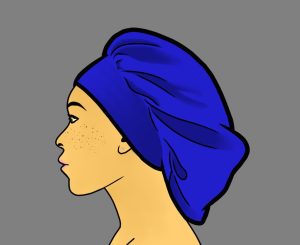

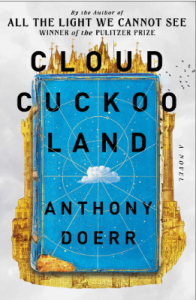





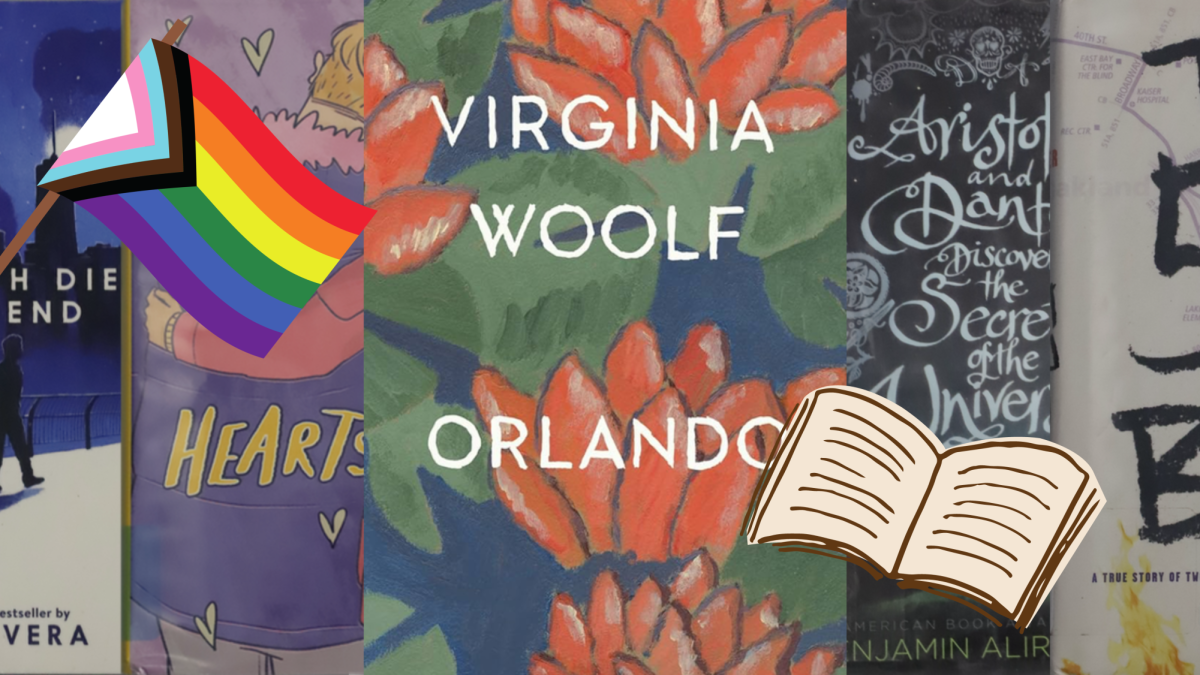




![In a recent surge of antisemitism nationally, many have pointed towards social media and pop culture as a source of hate. “Many far-right people have gone on [X] and started just blasting all their beliefs, Sophomore Scott Weiner said.](https://unionstreetjournal.com/wp-content/uploads/2023/10/antisemitism-popculture-2-1200x675.jpg)
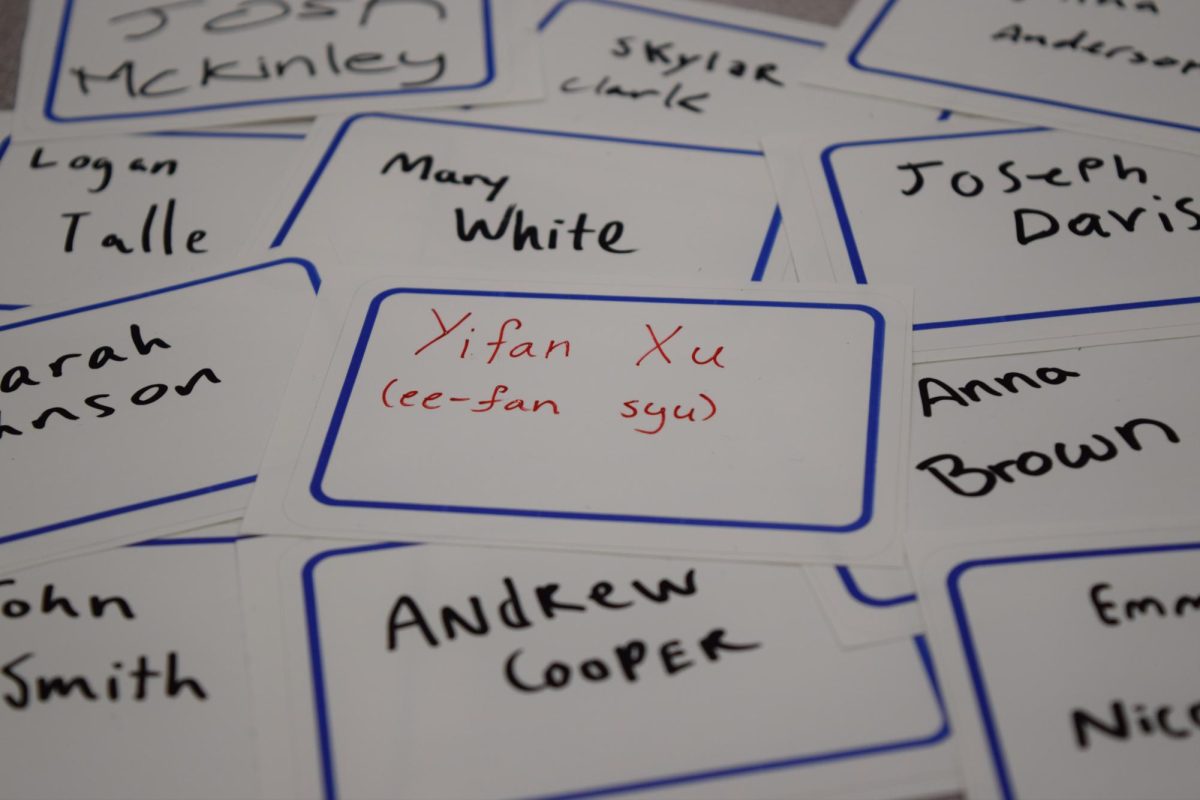
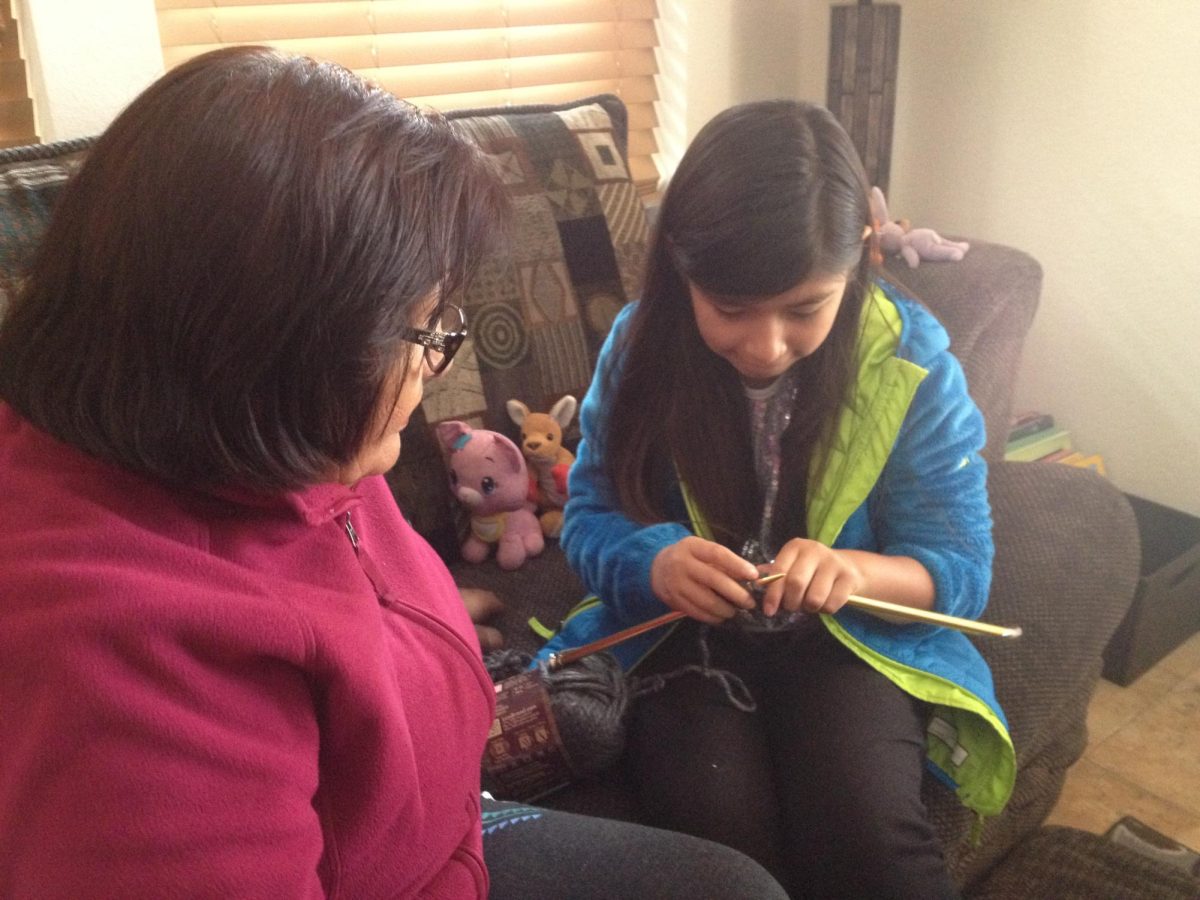
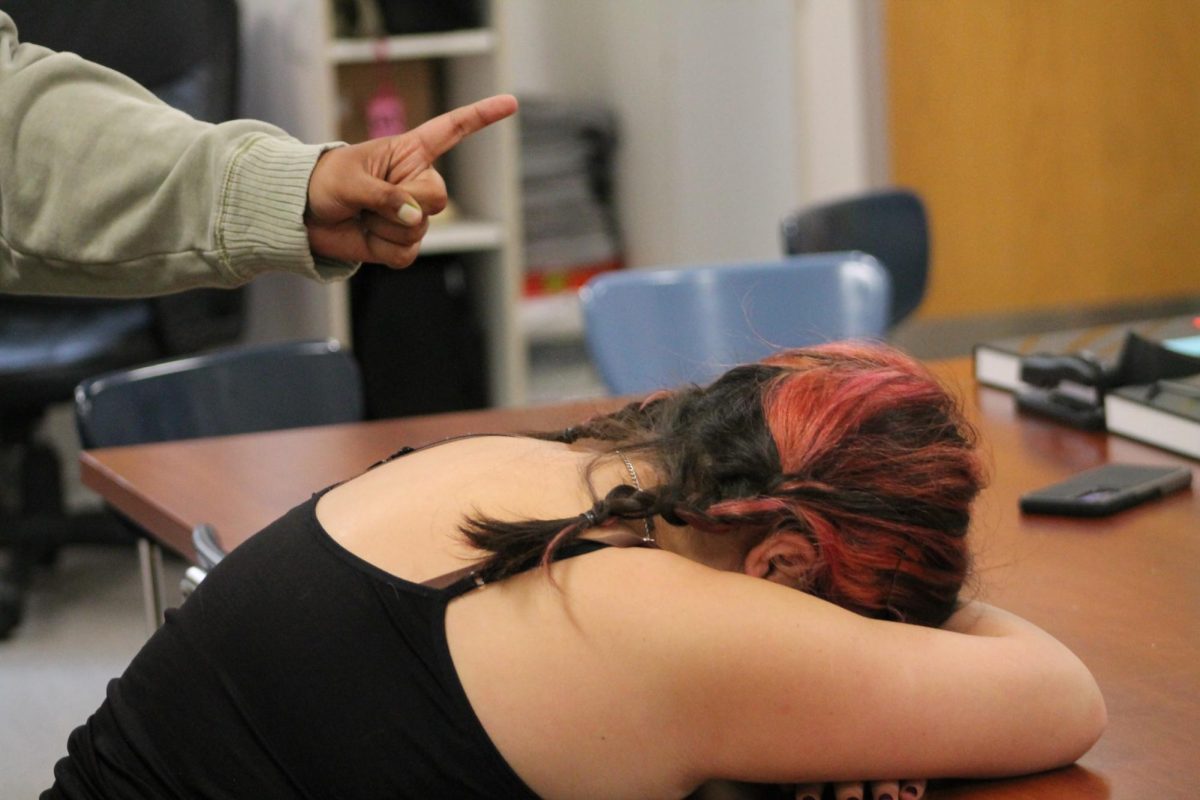
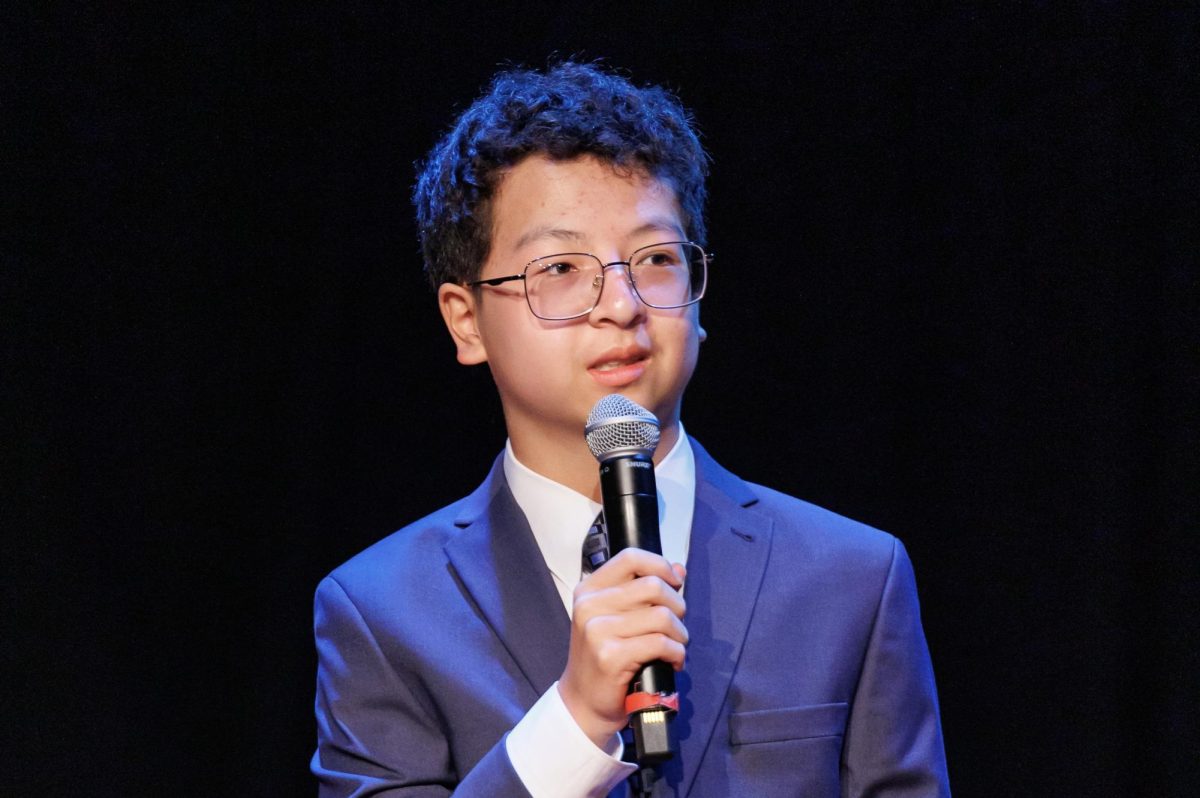

![Creek Unified, the program that promotes inclusion of those with disabilities, through team sports. “I like unified [because] I get to see my friends,” Debolt said. “And I like to play [with] all the boys.”](https://unionstreetjournal.com/wp-content/uploads/2024/04/thumbnail_WrynsEditsFINAL-email-new-keep-final-copy1-1200x873.jpg)
